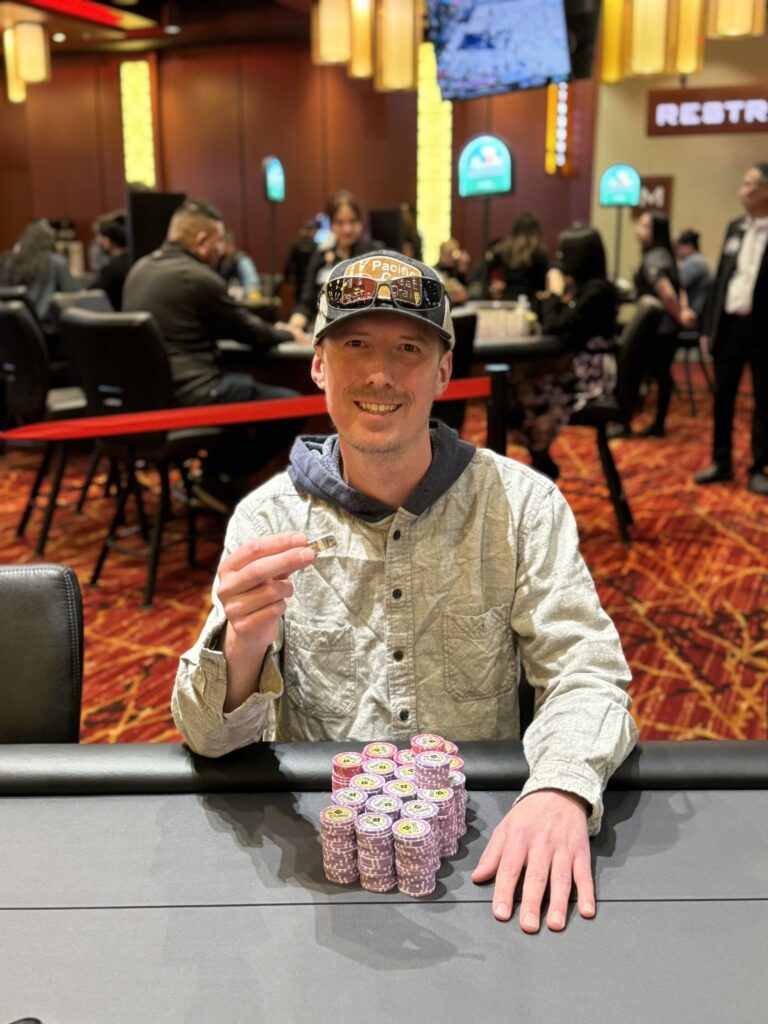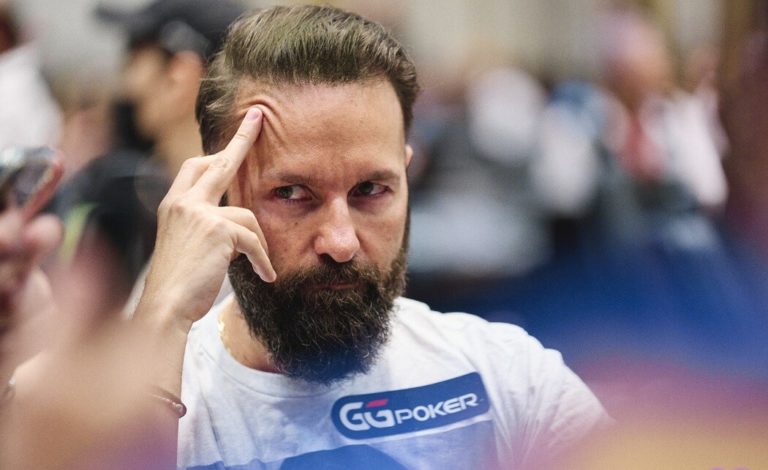Nits Don’t Win – But Neither Do Maniacs: The Enduring Case For Tight Aggressive
Three months ago I wrote about the evolution of modern poker with a focus on tournament superstar Chance Kornuth (“From Harrington On Hold ‘Em To Chipleader Coaching: The Evolution Of Modern Poker”, December 23, 2023). The general point was that poker has become more aggressive in the last couple of decades, especially in recent years, with the emphasis moving from survival to accumulating a huge stack and from post flop play to preflop play. Perhaps the best example of the new poker is the great Chance Kornuth. The consensus – and it’s correct – is that traditional, old school nits don’t win big tournaments. You have to be a little bit of maniac to do so. While there is some truth to that, in this blog I want to push back.
First let’s define our terms. A nit is a conservative player who won’t play or proceed in a hand without solid holdings. Nits generally have a good understanding of the mathematics of the game but their predictable style makes them easy to exploit. A maniac is the opposite of a nit. Maniacs play a lot of hands and they don’t have to have much of anything to put a lot of chips into the pot in the hope of pushing their opponent off their hand. A tight aggressive player is someone in the middle of the continuum. Historically, tight aggressive has been closer to nit but today’s successful tight aggressive players have added things from the maniac’s playbook.

Let me give two examples of hands from the Bay 101 $1000 last Saturday February tournament that illustrate how tight aggressive players can still outplay maniacs. With 40 some odd players remaining from a field of 200, a player named Zack got into it with Jasthmi Kumar – a maniac and one of the most dangerous players in the Bay Area with a number of big scores to his name. Jasthmi raised from mid position with AJ and Zak called in the big blind with Q9. The flop came down QJX. Zak checked, Jasthmi bet and Zak, understanding how aggressive Jasthmi is, check raised. This is where things got interesting. Jasthmi thought for a while before pushing out a huge pile of chips, essentially putting Zak all in. Now while Zak had top pair, his kicker wasn’t good. You hate to put in all your chips with Q9. But Zak understood how Jasthmi plays and went All In. At that point, even though he only had a few more chips to make the call, Jasthmi deflated. He knew he was beat but he had committed himself. Eventually he made the call but Zack’s pair of Queens held up, giving him a huge stack which propelled him to win the tournament.
Around the same time, a player raised UTG and I called in the BB with AJ. The flop came down J86 rainbow with one club. I checked, the initial raiser bet and I called. The turn was the 9c. I checked and UTG made a substantial bet. I thought for a long time because the pot was getting big but eventually called. The river was a blank (say the 4d). I checked and UTG went all in for more than 100,000 chips into an 80,000 chip pot. We had about the same amount of chips so I was effectively put to a decision for my tournament life. Such a big bet is polarizing. It’s not a value bet. Either he’s trying to push me off the hand or he’s trying to get full value for a monster while making me think it might be a bluff. As I thought through the hand, I realized that the turn card and bet were the key. The 9c put a flush draw out there and so he could easily have bet having picked up that draw, trying to push me off a better hand but having a lot of outs on the river in case I called. I didn’t put him on Q10 because he raised under the gun – though Q10 suited was possible. I didn’t put him on AA KK or QQ because I didn’t think those hands were good enough to value bet All In. I was in the big blind so I could easily have two pair. That left a set of 9s, 8s or 6s – or a bluff. Eventually I called and he flipped over KQ off for a missed draw. The hand gave me a huge stack and propelled me deeper into the tournament.
In other words, a tight aggressive player can win by adjusting to his opponents style of play. He can push nits off of marginal hands when sensing weakness and lower his hand standard against maniacs – as in the previous two examples. Nits don’t win because they don’t pick up enough strong hands – and it’s easy for opponents to get away when they do. Maniacs don’t win because too often they get caught with their hand in the cookie jar. They frequently accumulate big stacks – only to give it all away when they push at the wrong time.

What about Chance Kornuth – perhaps the greatest preflop player the game has ever seen? I would argue that Chance, while super aggressive, is not a maniac. He’s more toward the maniac side of the continuum than the tight aggressive player I’m outlining but still not a maniac. He knows when to push and when to get out of the way. Another example of a player who looks like a maniac – and is even more aggressive than Chance – but knows what he’s doing is the rising star Jeremy Becker.
The beauty of the various types of tight aggressive play is that ultimately you’re the one making the final decision. While the maniac pushes, you can pick your spot to push back. While the nit is waiting for a big hand, you can push and then get out of the way when he pushes back. Tight aggressive is still the way to go – with a few tweaks to adjust to the modern game in which there are so many more maniacs than there were ten or twenty years ago.

